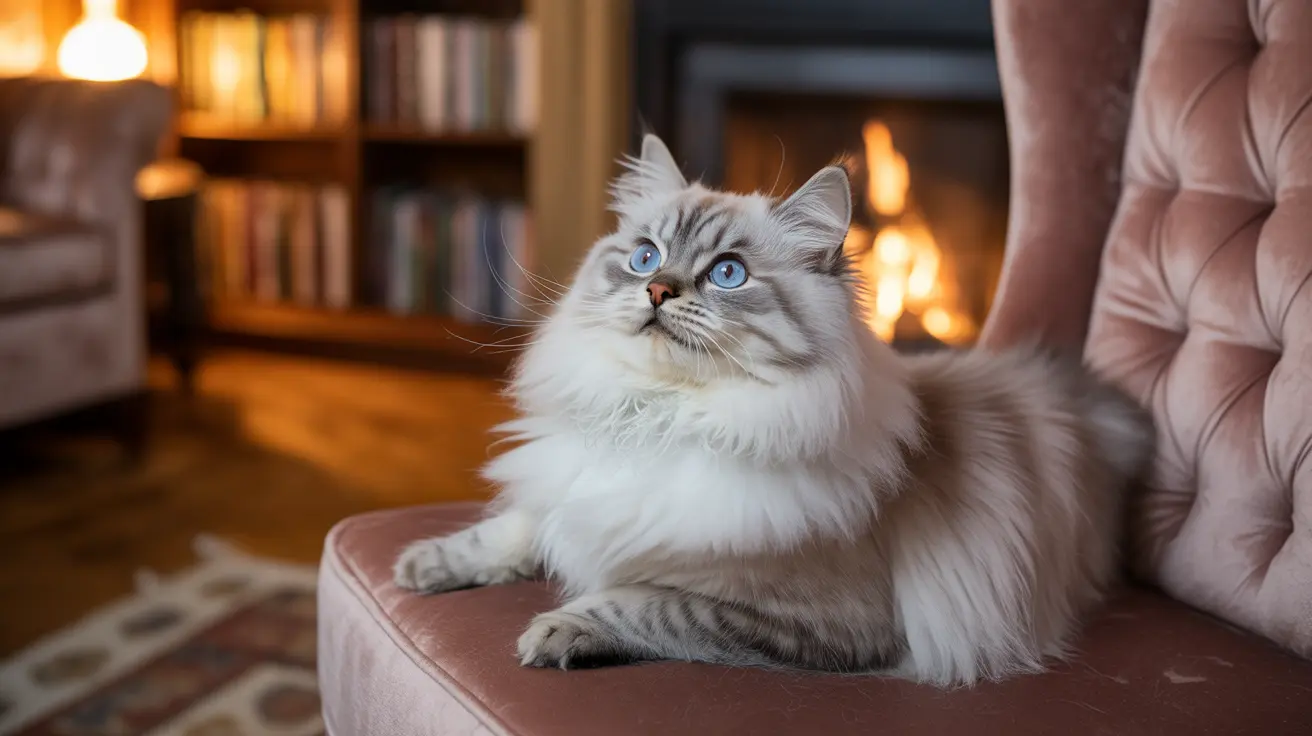Many cat owners wonder whether their feline companions can truly recognize their faces. While cats are incredibly perceptive animals, their method of recognizing humans is more complex than you might think. Unlike humans, who primarily rely on visual facial recognition, cats use a sophisticated combination of sensory cues to identify their favorite people.
In this comprehensive guide, we'll explore the fascinating science behind how cats recognize and remember the humans in their lives, with a particular focus on their ability to process facial features and other important identifying characteristics.
The Multi-Sensory Approach to Recognition
Cats employ three primary senses when identifying humans:
Voice Recognition
Research shows that cats are particularly adept at recognizing their owner's voice. They can distinguish familiar voices from strangers and often respond more enthusiastically to their owner's calls. This vocal recognition ability is typically stronger and more reliable than facial recognition alone.
Scent Detection
A cat's sense of smell plays a crucial role in human recognition. Recent studies published in PLOS ONE demonstrate that cats can identify their guardians by scent alone, distinguishing between their owner's body odor and that of strangers with remarkable accuracy.
Visual Recognition
While cats can process visual information, their ability to recognize human faces specifically is more limited. Studies suggest they recognize their owner's face from photos only about 50% of the time, whereas they can identify familiar cats' faces with 91% accuracy.
Understanding Cats' Visual Capabilities
Cats' visual system is optimized differently from humans:
- Superior night vision and motion detection
- Limited color perception
- Reduced detail resolution at very close or far distances
- Better at detecting movement than static facial features
Cross-Modal Recognition
One of the most interesting aspects of feline recognition is their ability to combine different sensory inputs. Cats can match their owner's voice to their face, demonstrating sophisticated cross-modal recognition abilities. This skill appears to be strongest with familiar people, particularly their primary caregivers.
Social Recognition and Name Association
Recent research has revealed that cats can:
- Link familiar cats' names to their faces
- Sometimes associate human family members' names with their faces
- Form stronger associations in households where they've lived longer
- Recognize and respond to human emotional expressions
How Cats Show Recognition
When a cat recognizes someone familiar, they often display specific behaviors:
- Approaching voluntarily
- Rubbing against the person
- Seeking lap time
- Displaying relaxed body language
- Responding to their name when called
Frequently Asked Questions
Can cats recognize their owners by their faces alone?
While cats can recognize their owners' faces to some extent, they rely more heavily on voice and scent for identification. Face recognition alone is typically not their primary method of identifying humans.
How do cats use their sense of smell and voice to identify people?
Cats have highly developed olfactory and auditory systems that allow them to recognize unique scent signatures and voice patterns. They can distinguish their owner's scent from others and recognize familiar voices even in different contexts.
Why do cats seem to recognize their owners better than strangers even if their facial recognition is limited?
This is because cats use multiple sensory cues simultaneously - combining familiar scents, voices, and visual patterns. This integrated approach makes recognition of regular caregivers more reliable than facial recognition alone.
How can I tell if my cat truly recognizes me in different environments?
Look for consistent positive behaviors like approaching you, maintaining relaxed body language, and responding to your voice. However, note that stress in new environments might temporarily affect their typical recognition responses.
Do cats respond differently to familiar human facial expressions and voices?
Yes, cats can distinguish between different emotional expressions, especially when combined with vocal cues. They often show more positive behaviors toward smiling owners and may become more cautious around angry or negative expressions.
Conclusion
While cats may not excel at facial recognition alone, they compensate with a sophisticated multi-sensory approach to identifying their human companions. Understanding how cats recognize and remember us can help strengthen the bonds we share with our feline friends and appreciate their unique way of perceiving the world.






